Text and photographs by Richard Griffin.
This morning, I awoke to find an e-mail requesting that I write an article for Camera Obscura, but I also awoke to an interesting sight. The house next door to mine has been vacant for quite some time, and I only recently noticed that someone moved in because I can see plants on the patio deck and at night some lights are on.
While I was waiting for the coffee to brew, I looked out my laundry room window and saw my new neighbor standing in her bedroom wearing a white bathrobe. She was standing, with the robe open, watching television and drinking coffee. I immediately recognized this moment for what my instincts told me it was: I knew she would drop the robe at any moment, and she did.
She walked around her bedroom nude, putting on jewelry and brushing her hair. Floor-to-ceiling windows surround her bedroom. She stood in front of the television while rubbing lotion on her face and body, and the light of the screen illuminated her naked features. This sort of thing happens to me from time to time, and it never fails to arouse me in a way that is hard to describe. I would rather catch such an intimate glimpse of someone innocent, in that I am not standing on a trashcan peeping through her window than to see someone standing nude on a beach.
I believe that, as a society, we have become very voyeuristic, and I believe also that photography has played a major role in this development. We are bombarded with thousands of images per day. The Internet takes us into people’s lives through web sites such as Facebook, it also takes us into people’s bedrooms via live web cam sites where people, usually young women, allow us the most intimate access into their private lives. Paparazzi bring us spy photos of our favorite celebrities despite the invasion of privacy that this represents, but we look anyway.
As soon as Henri Cartier-Bresson got his hands on the new Leica 35mm camera, he forever changed the future and the approach of photography. He became famous for being “invisible” on the streets, and had a unique skill for capturing what he called the “decisive moment” in people’s ordinary daily lives. When I look through his photographs, I am awestruck at how voyeuristic they are, and I almost feel like I am “peeping” into the private lives of unsuspecting subjects.
There are certain aboriginal cultures that are uncomfortable with the idea of being photographed, and they say it is like a piece of their soul is being snatched away from them. Though this may sound like they are uncivilized and ignorant of modern technology, I feel there is truth in how they feel about photography. Capturing a private or unguarded moment is one of the unique aspects of photography. Taking the viewer of a photograph to a place he or she would not otherwise have had access, helped establish photography as a viable art form.
Of course, as history has shown, as soon as the camera was invented, the form of nude photography flourished. The nude had long been the subject of painters and sculptors, but the photograph was capable of capturing a real moment in real time. The intimacy of photography is the true cornerstone of the medium. Ruth Bernhard pioneered the early nude study, and was one of the very best in the art of capturing the female nude. The two photographers who had the most influence on me are Ruth Bernhard and Henri Cartier-Bresson, because I feel that they are both capturing the secret intimate moments of people’s lives and allowing me a portal into this realm.
I am drawn to nude portraits because I feel they represent honest, vulnerable, and intimate access to the subject. I once visited a nude beach many years ago. All the people I met were naked when I first saw them. We had long conversations as if we had all known each other for years. There was an immediate and intimate connection between total strangers. One night, we all went to the big dining hall for dinner, and everybody was dressed in their finest. It was very strange to see them in their designer clothes sporting their pricey Swiss watches, and we all agreed that we liked each other better nude, there were no logos and trinkets to define us or to separate us into a class system.
As a society, we have forfeited our right to privacy. The minute something interesting happens to us, we use our cell phone camera to put it on our Facebook page or post it to You-Tube for the entire world to see, instant access to the minute details of our lives offered to total strangers. It appears that, for it to be real and meaningful, it has to be posted somewhere for others to see, if it’s not in pictures, it didn’t happen.
In some countries they have had to modify the laws governing the photographing of people in public places due to the abuse of modern technology. There are numerous accounts of people placing tiny cameras in public bathrooms or using their cell phone camera to photograph women’s legs under the table or climbing stairs. There are websites devoted to “upskirts” where men hide video cameras in shopping bags and hold them low enough to video up short dresses. The popularity of the “Girls Gone Wild” series demonstrates that, for some people, they are more than happy to bare it all just for the thrill of the moment.
As a society, we risk becoming immune to images. I have heard this said many times: Somebody looks at an amazing photograph, and instead of appreciating what it took to capture the precise instant of the moment, they say, “It was probably Photoshopped.” We are getting to the point where we don’t trust the medium without the tweaking done in Photoshop. Personally, I hate what Photoshop has done to the fine art of photography. Sure, I use it to erase blemishes and soften the effects of time-induced wrinkles, but I know I am cheating when I do it.
As an art form, photography has endured many hardships along the way. For some, photography will never be more than a nifty gadget. For me, it is the art form of my choice. It is my passion, my window into the world and the people around me. I always feel a bond with my subjects after I photograph them, and I always value the significance of the gesture when they drop their shields and give me access to their inner world.
I also fear that photography is always on the precipice of losing its value as an art form. We are exposed to so many images, some real, some Photoshopped, that there can exist a saturation point of no return. What images of today will be considered the timeless classics of tomorrow? Who are the new masters guarding the gateways of our practice?
I began this article describing a scene where a woman walked naked in front of her window. She did so for quite a while, and I watched the entire time, unable to blink an eye. Certainly, she knew the windows were there, and certainly she was aware of the possibility that someone out there might be watching. The feeling that I experienced best defines why I value photography as an art form. What she did this morning is now an image in my mind, or a blend of many images that I will never forget. But more than that, I had a glimpse into the quiet and private beginnings of her day when she rubs her lotion on, sips her coffee, and piece by piece, gets dressed to go out into the world to do whatever it is she does…only I was there to see it happen, and thanks to the famous images of my favorite photographers, I was there to see what they captured as well.

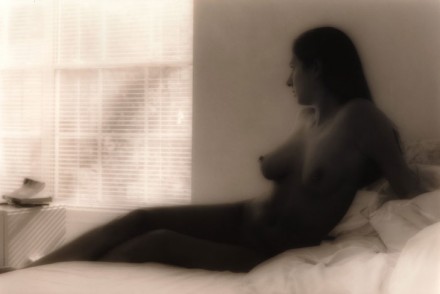
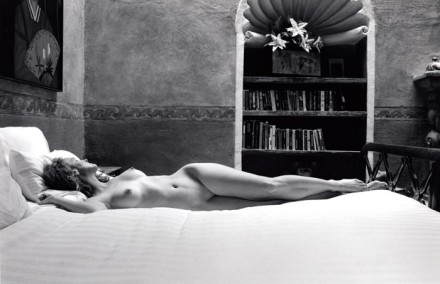
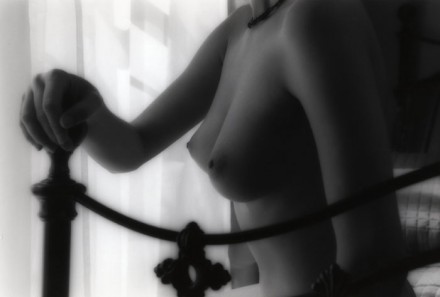
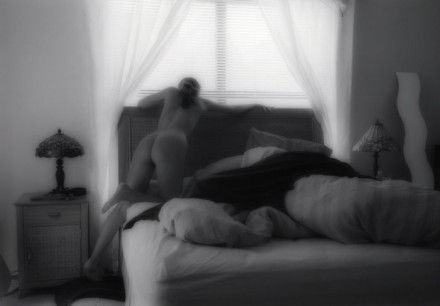
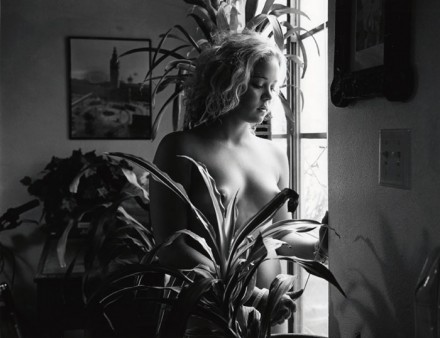
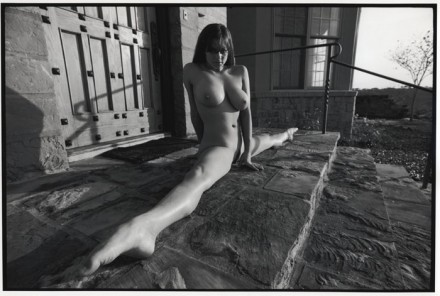
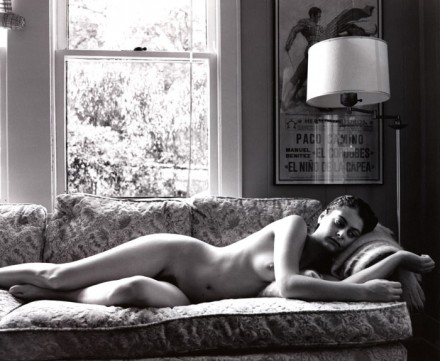
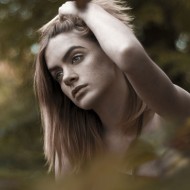
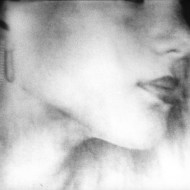
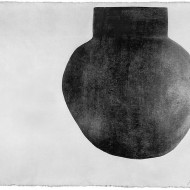
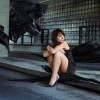
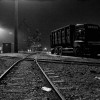





























Richard,
Bonnie (age 33), my daughter, keeps very safely in Los Angeles, CA, all of the beautiful photographs purchased from you when we lived in Austin. Your images will always be appreciated, and Amy’s also come to mind as pictures worthy of pause to sense beauty.
Somewhat unfortunately, I’m back into scientific research at a university and pass the days measuring, running statistical programs and writing technical papers for publication. How much more meaningful a career along your path seems on the other side of the fence!
There are several new photographs presented in your essay read tonight. Do you and Amy still have a gallery? It would be nice to visit the gallery to see what you have accomplished since seeing your works far too long ago.
You can also subscribe to this post comments RSS feed.